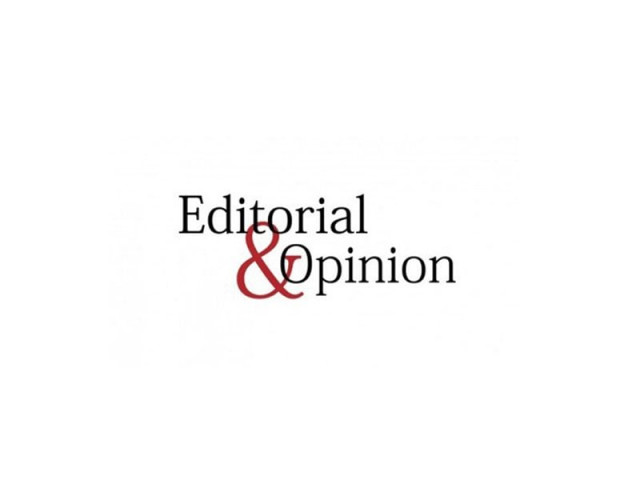Impact of low savings
Nations around the globe celebrate the World Savings Day on October 31 every year

Only in the last fiscal year, the gap between Pakistan’s savings and investments was equal to 5% of the size of its economy or a mammoth $18 billion — which was filled by the citizens of other countries.
At the end of last fiscal year 2017-18, savings stood at only 11.4% of GDP — the lowest ratio in last ten years. It was 13.4% five years ago. The situation was even more alarming in case of domestic savings that accounted to only 6.1% of the GDP. There is a need to double the savings rates in next five years, if the country wants to stand on its feet.
The investment-to-GDP ratio stood at just 16.4%, which was slightly better than five years ago but still lower than the desired levels. Several countries in the region have fared better than Pakistan.
Low savings have limited the government’s ability to spend on deteriorating infrastructure and social sectors from its own resources. Inevitably government’s reliance on external and domestic sources has significantly increased to meet its requirements, resulting in mushroom growth in public debt over the years.
Pakistan needs to increase investment through enhanced savings by promoting a saving culture, introducing new financial products and increasing public savings. The banking spread in Pakistan is higher than the peer countries. The deposit rates in certain cases are far lower than the inflation rates that mean people do not have an incentive to save.
Until we improve this situation, Pakistan’s many structural issues will not be resolved and its dependence on external loans would increase further-- irrespective of official claims.
Published in The Express Tribune, November 2nd, 2018.
Like Opinion & Editorial on Facebook, follow @ETOpEd on Twitter to receive all updates on all our daily pieces.














COMMENTS
Comments are moderated and generally will be posted if they are on-topic and not abusive.
For more information, please see our Comments FAQ